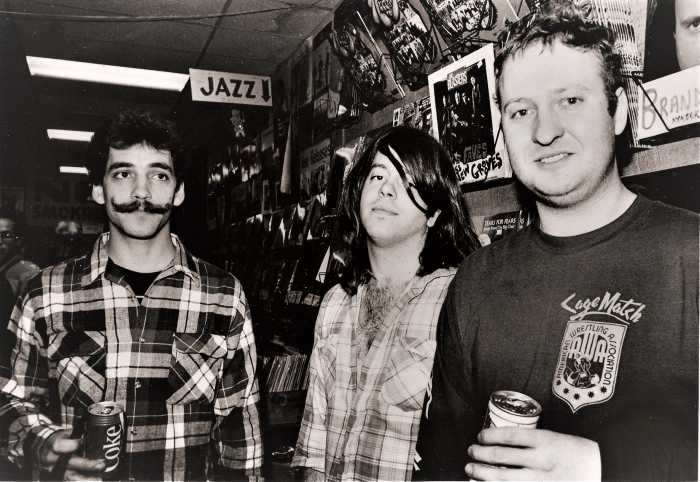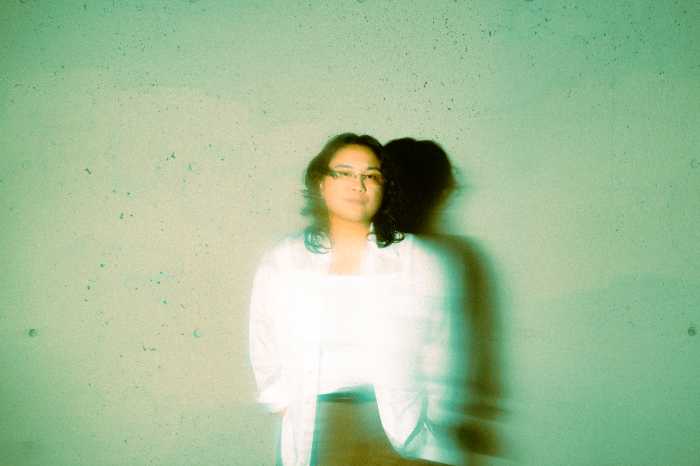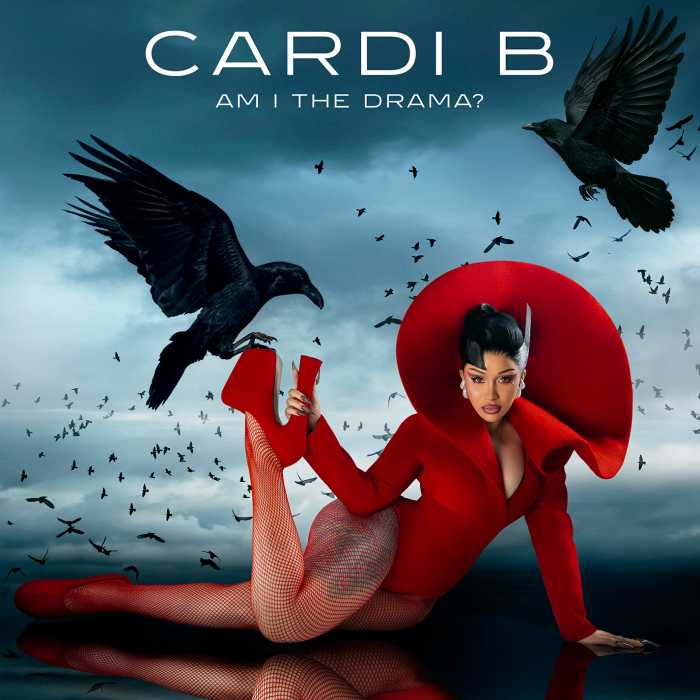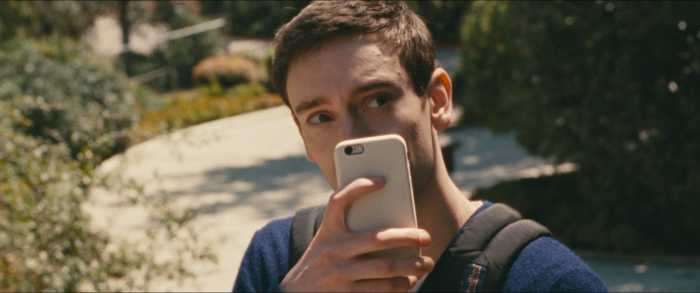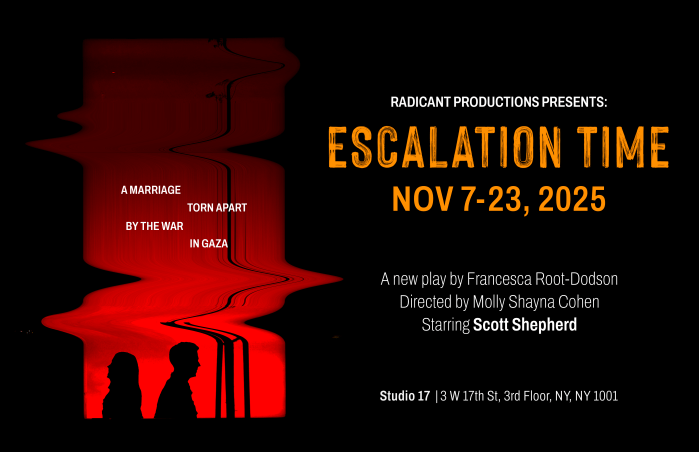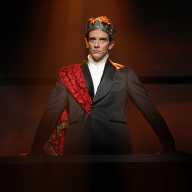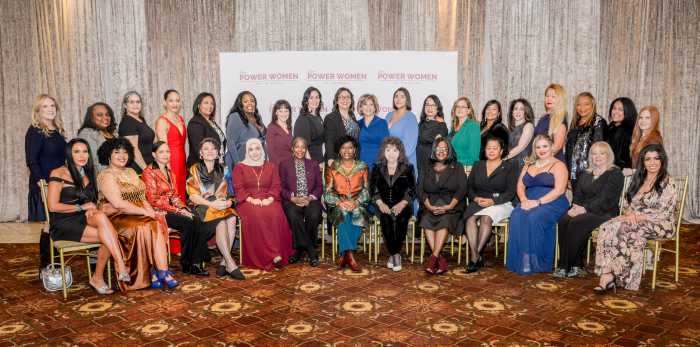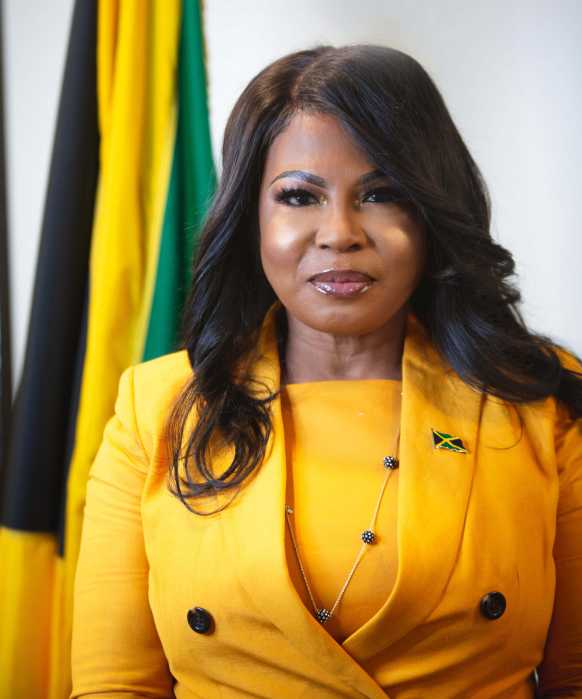Popular operas by popular composers are the lifeblood of opera companies. But in this vocally challenged era, they are often the hardest to cast. Puccini is currently the most popular composer of Italian opera, having edged out Verdi some time ago. Verdi voices have always been hard to find, but are Puccini voices becoming extinct, too?
Two Metropolitan Opera Puccini revivals presented from late October through January provoked the question. Multiple sopranos vied with the two contrasting soprano roles of his last work, “Turandot,” while one protean diva took on all three heroines in the three one-acts comprising “Il Trittico.”
Two recent Met revivals proved casting challenges of popular operas
Maria Guleghina is famous for her Tosca, so her assumption of the title role in “Turandot” was awaited with interest. The younger Californian soprano Lise Lindstrom made a splash stepping in for Guleghina on October 28, opening night. I heard Guleghina on November 3 and January 4 with different colleagues, and Lindstrom on January 9. Both sopranos cut unusually glamorous figures as the icy princess, which made Calaf’s choice of Turandot over Liu credibly motivated by desire rather than material gain.
In steadier voice in the fall, Guleghina had a valid dramatic and musical conception vitiated by a voice no longer able to obey her demands. The Ukrainian diva mined the score for opportunities to create a legato line, evoke expressive colors, and modulate dynamics. However, her attempts at pianissimos became unsteady and off-pitch, and several forte high notes became spread and unruly. Her third-act arioso, “Del Primo Pianto,” was well-sung and expressively shaped.
Lindstrom lacks Guleghina’s imposing volume and rich middle but had better control of pitch and cleaner attacks. She seems a full lyric soprano whose voice widens and gains body as it ascends. Lindstrom would be wise to concentrate on high-lying medium-weight Strauss.
Two Italian tenors took on Calaf, and both displayed glorious native instruments at the mercy of wayward technique. Marcello Giordani always seems to show up on the Met stage with only part of his voice working; only OONY’s Eve Queler gets the total package from him. On November 3, his crucial top register was working splendidly –– including the interpolated high C in the Riddle Scene –– but the octave drop in “Nessun Dorma” elicited a toneless croak on the low end. Charmingly italianate in an old-school way and blessed with height and dash onstage, he carried it off despite his many faults.
Salvatore Licitra followed him in January with a role debut presenting a worrying picture of his current vocal estate. Bullying and blustering through his music with golden tone that lacked focus, Licitra started to run out of gas by the middle of Act II. The tenor showstopper “Nessun Dorma” didn’t stop the show. Unable to summon a legato line, Licitra’s tone lost core and the final high B nearly got away from him. At the conclusion, the conductor rushed into the entrance music of the three ministers while not a hand moved to interrupt. Licitra seemed to be a great spinto tenor in the making, but coasting on a superb natural endowment is no longer paying off.
The fall cast Liu, Marina Poplavskaya, spun a beguilingly smoky tone beset by tonal unevenness. Singing with more uniform sound with a dark metallic core, Maija Kovaleska’s slave girl evoked more self-command than pathos. Samuel Ramey and Hao Jiang Tian presented dignified moving portraits of deposed King Timur, despite less than imposing vocal means. Debutant conductor Andris Nelsons failed to contrast the exotic percussive elements of the score with its full-blooded Italian lyricism, homogenizing its variety into dullness.
At the 1918 Metropolitan Opera world premiere of “Il Trittico,” three star sopranos portrayed the contrasting heroines in each opera. Since then only two divas, Renata Scotto and Teresa Stratas, had done all three roles in one evening. Patricia Racette joined this august company on November 20 in the super realistic Jack O’Brien production. Both Giorgetta in “Il Tabarro” and the title role in “Suor Angelica” put the soprano through vocal and emotional marathons. It makes sense to split the roles since each one requires everything the soprano has got and then there’s Lauretta in “Schicchi” to follow.
Racette has a bright typically “American” full lyric sound that cuts over a big orchestra without effort. Not exactly Italianate, and limited in color, Racette’s sound brings to mind the silky firmness and canny resourcefulness of the late Dorothy Kirsten.
Her sensitively acted and lushly sung Giorgetta was rendered less effective by a lack of chemistry with the tenor and baritone — the bronze-toned Aleksandrs Antonenko and an uncharacteristically recessive and dull-toned Željko Lucic. Racette’s excessively understated first night Suor Angelica suffered from the necessity of pacing herself for the full evening. By the second performance, she seemed to engage more fully with the role and the audience, creating a moving portrait that evolved from resignation to desperation to final redemption. Her sunny Lauretta in “Gianni Schicchi” may have lacked girlishness, but still radiated charm. Minor vocal faults had to be dismissed as Racette went from strength to strength displaying astonishing versatility and range.
Stephanie Blythe repeated her triple act as Frugola, Zia Principessa, and Zita with a more contralto sound and a little less subtlety. The whole cast of “Schicchi” should be signed up for a full season of a “Donati Family” sitcom –– singularly and as a unit they were comedic gems. Stefano Ranzani, in his first Met outing, got great playing from the orchestra and demonstrated that O’Brien’s production remains a visual and dramatic tour-de-force.
Racette is taking on Tosca, and I think she has a Minnie and Manon Lescaut in her. Guleghina has the goods but needs to clean up her vocal act. Kovaleska is the winner in the lyric division. Anna Netrebko as Mimi and Daniela Dessi as Tosca are coming up in Spring 2010. We still need a tenor. The search goes on.

